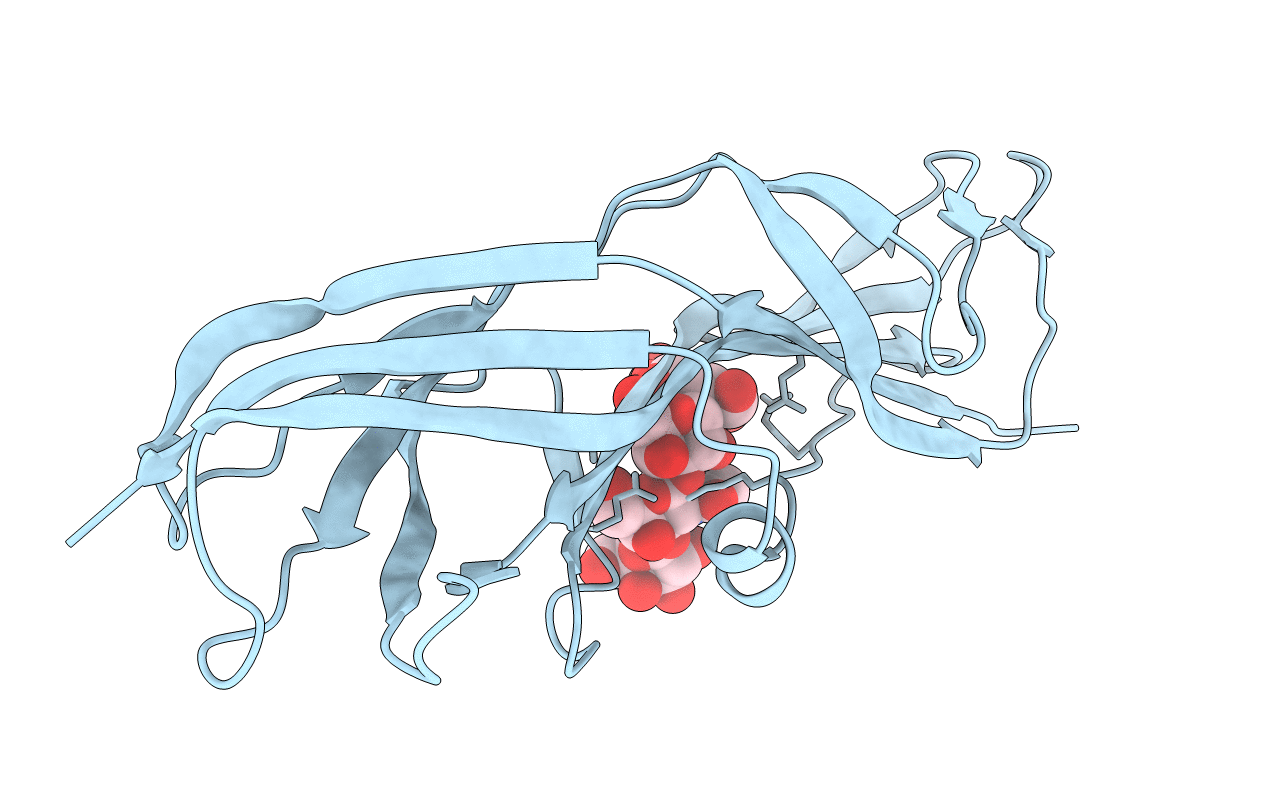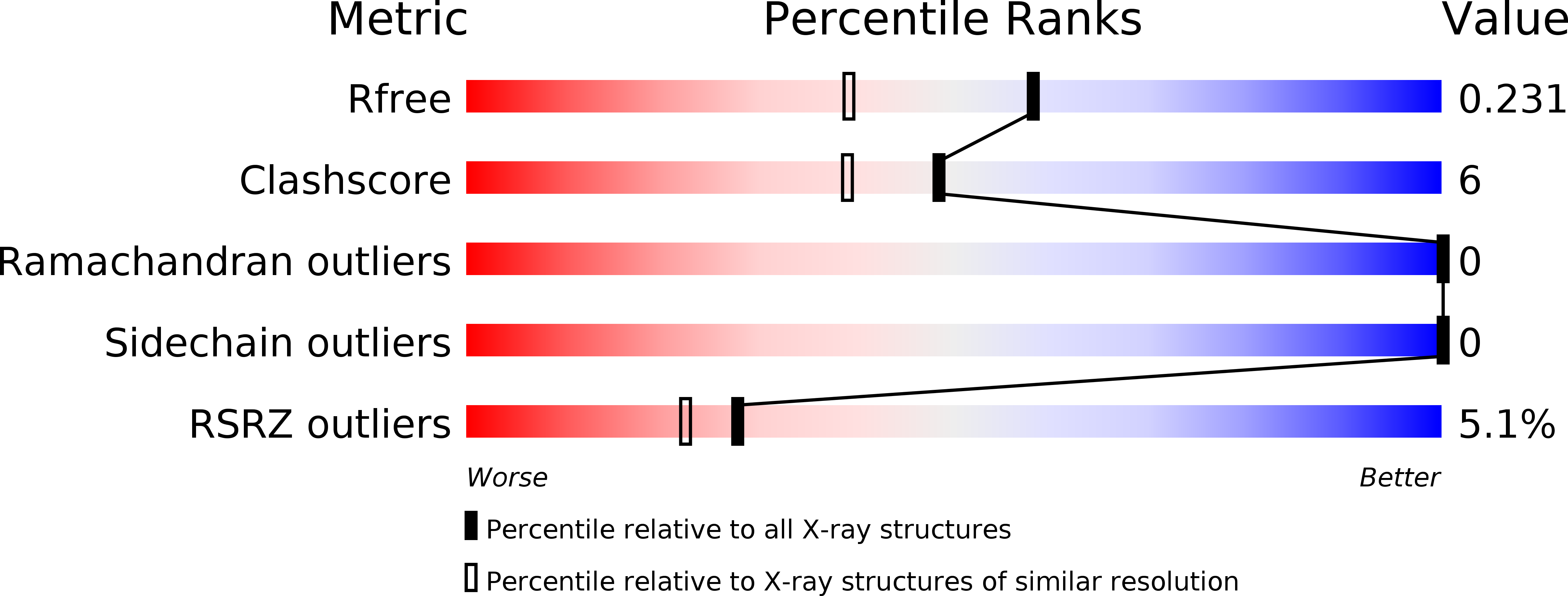
Deposition Date
2015-03-31
Release Date
2016-04-13
Last Version Date
2024-11-20
Entry Detail
PDB ID:
4Z3E
Keywords:
Title:
Crystal structure of the lectin domain of PapG from E. coli BI47 in complex with SSEA4 in space group P212121
Biological Source:
Source Organism:
ESCHERICHIA COLI (Taxon ID: 562)
Host Organism:
Method Details:
Experimental Method:
Resolution:
1.80 Å
R-Value Free:
0.22
R-Value Work:
0.17
R-Value Observed:
0.18
Space Group:
P 21 21 21


